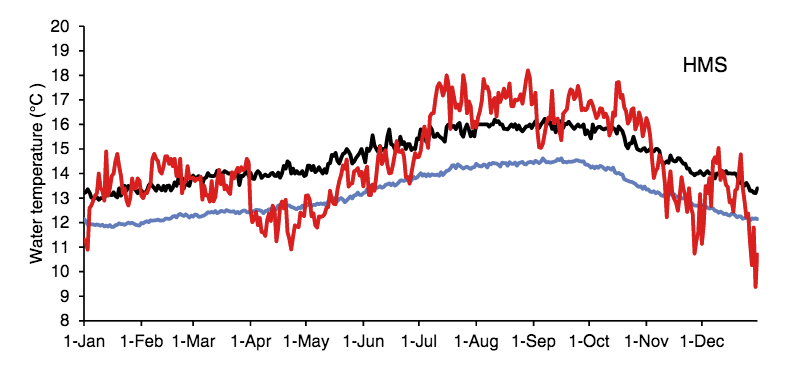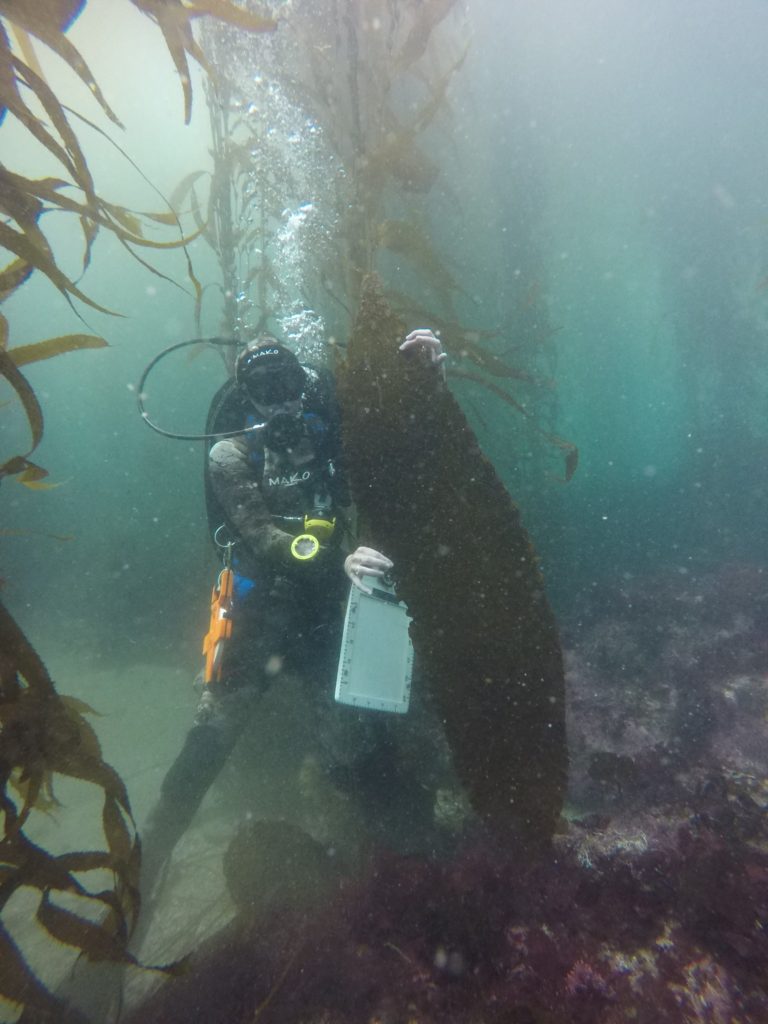18 July 2019: A scientific paper entitled “Shifts in the distribution and abundance of coastal marine species along the easternPacific Ocean during marine heatwaves from 2013 to 2018” was published in the peer-reviewed science journal Marine Biodiversity Records. Ongoing global ocean warming and a recent increase in the frequency and duration of marine heatwaves have demonstrably impacted marine ecosystems. Growing evidence points to both short- and long-term biological changes, across several levels of organization. While range shifts are among the predicted responses, few studies are focused solely on documenting such changes. This paper reports ecological changes in response to marine heatwaves across multiple taxa in the eastern Pacific from central California to Baja California.

Multiple marine heatwaves occurred from 2014 to 2018, peaking in 2015. Marine heatwaves were more intense and longer in estuaries, with a maximum duration of 109 days in 2015. We observed 29 species that had responded to the warm water anomalies of 2014–2018 along the eastern Pacific Ocean between central California and the Baja California Peninsula: 7 expansions, 2 extensions, 10 reappearances, 7 increases, 2 shifts into new habitats, and 1 apparent contraction. These shifts included algae, invertebrates and fishes. Twenty species were observed by professional biologists involved both in long-term monitoring programs and short-term studies, 6 by amateur naturalists as part of community-based science programs in the field, and 3 through a combination of all three.

Increased warm waters, sustained for an unprecedented 4 of 5 years, facilitated the northward redistribution of multiple species from several taxonomic groups. Species shifting northward were from warm-temperate and subtropical ecosystems to the south. In the absence of programs designed to detect range shifts, scientists and resource managers must rely on the serendipitous observations of biologists conducting both long-term monitoring and short-term research, and the growing wealth of information from community-based science programs made available via online databases.
The paper is freely accessible. Be sure to access the supplemental file (Additional File 1) to learn about each of the 29 species, many of which were found in Elkhorn Slough National Estuarine Research Reserve and the nearshore waters of Monterey Bay National Marine Sanctuary.